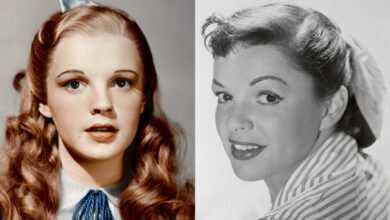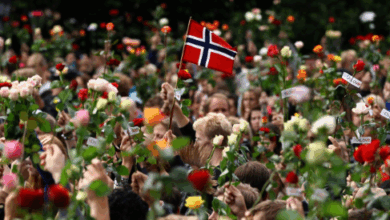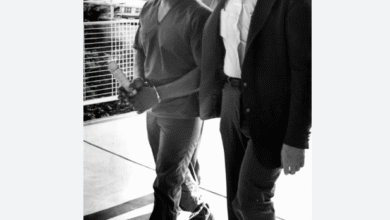Vampires Among Us: The Ritual Murder That Shocked Germany
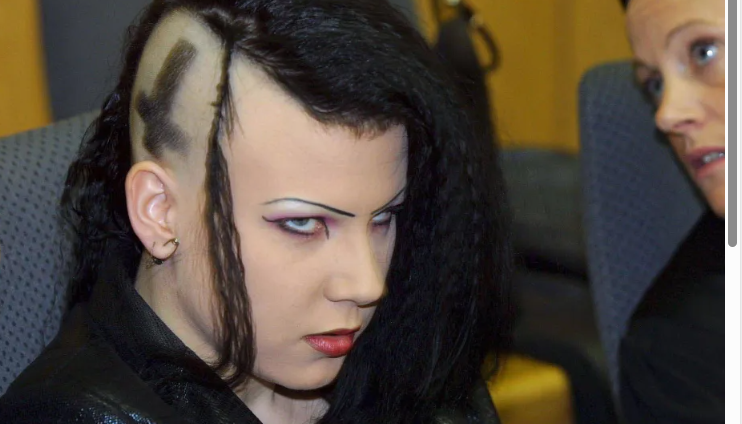
Vampires Among Us: The Ritual Murder That Shocked Germany
The Dark Beginning
In 2001, Germany was shaken by a grotesque and ritualistic murder that gripped the media and horrified the public. The crime was committed by a married couple, Daniel and Manuela Ruda, who described themselves as “vampires” and openly admitted to killing a man in what they believed was a satanic sacrifice. Their case became known as one of the most chilling examples of occult-inspired violence in modern European criminal history.
Both Daniel and Manuela had long been immersed in the dark subculture of Satanism and gothic obsession. They lived in a shadowy world of black metal music, occult symbolism, and macabre rituals. Their appearance reflected their lifestyle: dyed black hair, pale makeup, piercings, tattoos, and a wardrobe made almost entirely of black leather and lace.
But it wasn’t just fashion or music for them—it was a way of life, and ultimately, it became a motive for murder.

Manuela: The Blood-Drinker
Manuela Ruda, born in 1979, had long displayed disturbing behaviors. She claimed to have been fascinated by death and the occult from a young age. She spent time in Scotland and the UK, where she said she was “initiated” into satanic circles. She even worked briefly at a funeral parlor, which she described as exciting and fulfilling.
Friends and acquaintances described her as strange, isolated, and obsessed with vampires. Manuela frequently claimed that she drank blood and communicated with Satan. In her own words, she believed she had been “chosen” to serve a higher, darker purpose.
Daniel: The Willing Executioner
Daniel Ruda, a car parts salesman born in 1975, was more reserved but just as deeply entrenched in the gothic underground. The two met after Manuela placed a personal ad in a German gothic magazine seeking “a Prince of Darkness.” Daniel answered. They met, fell in love over shared fantasies of blood, rituals, and death, and married in a cemetery.
Their wedding was anything but conventional. The ceremony was held at midnight, surrounded by tombstones, with the bride and groom in full black attire. According to them, Satan himself had blessed their union.
The Satanic Pact
Daniel and Manuela began planning what they believed would be the ultimate tribute to their master—a human sacrifice. They claimed Satan had given them a mission: to kill a human as an offering, then to kill themselves in a double suicide.
They believed that by doing so, they would ascend to a higher spiritual plane and reign in Hell at the side of Lucifer. But before they could die, they first needed to make a “gift of blood.”
Their victim would be Frank Haagen, a 33-year-old acquaintance of Daniel. Frank was a kind and unsuspecting man who had once helped Daniel with a place to stay when he was in need. Tragically, this act of generosity would seal his fate.
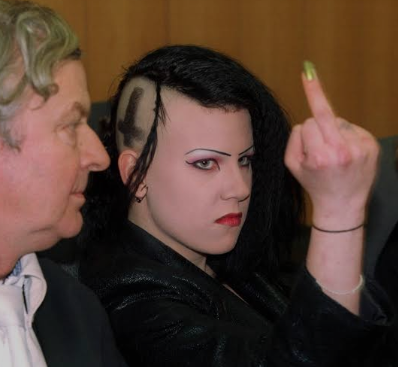
The Ritual Murder
On July 6, 2001, the Rudas invited Frank to their apartment in the town of Witten, North Rhine-Westphalia. He thought he was coming over for a friendly evening. What awaited him was a premeditated ambush.
As soon as Frank entered, the Rudas attacked him. Daniel struck him in the head with a hammer, and while he was incapacitated, Manuela stabbed him 66 times in what she described as a sacred number. They carved a pentagram into his chest and collected his blood. The couple then drank the blood as part of the ritual.
After killing Frank, the couple had sex next to his corpse, which they laid in a coffin they kept in their living room. The entire act was, in their minds, a ceremonial dedication to Satan.
The Aftermath and Failed Suicide Plan
After the murder, the couple fled. Their initial plan had been to complete the ritual by killing themselves. But instead of following through, they went on the run—hiding in their car, sleeping in forests, and living off the grid. Their escape, however, was short-lived.
Manuela had sent a farewell letter to her parents explaining what they had done. Disturbed and horrified, her parents immediately contacted the police.
On July 12, 2001, six days after the murder, police found Frank’s body inside the Rudas’ apartment. The scene was horrific. Blood covered the walls, and the coffin with the body remained open in the living room, adorned with satanic symbols.
Soon after, Daniel and Manuela were captured in a parked car near Bonn. They offered no resistance and quickly confessed to the crime.
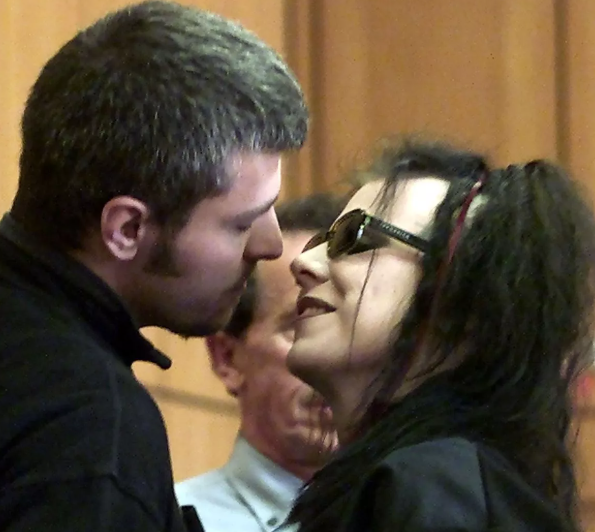
The Trial: A Theater of Darkness
The trial began in 2002 and was as bizarre as the crime itself. The couple appeared in court dressed in full gothic attire: black clothes, spiked collars, and pale makeup. Manuela flashed satanic hand signs to photographers and told reporters she felt no remorse.
Throughout the trial, the couple maintained that they were merely following divine (or infernal) instructions. They denied being murderers and instead insisted they had carried out a sacred act. Manuela claimed that Satan had spoken to her and demanded the sacrifice.
In their statements, they showed no empathy for the victim, no guilt, and no regret. The courtroom, press, and public were stunned at their detached, even gleeful recounting of the murder.
The judge ordered both Daniel and Manuela to undergo psychiatric evaluation. Experts determined that while they were mentally disturbed, they were fit to stand trial.
Ultimately, Daniel Ruda was sentenced to 15 years in prison, and Manuela Ruda to 13 years, both in secure psychiatric institutions. They were also legally barred from contacting one another again.
After Prison: Different Paths
After the trial, Daniel and Manuela divorced. Their paths diverged in prison.
Manuela reportedly participated in therapy and was eventually released after serving her full sentence. Her current whereabouts remain unknown to the public.
Daniel, however, refused to take part in any therapy or show remorse. He wrote a book in prison glorifying the murder and reportedly returned to a more extreme form of satanism. Because of this, his appeals for early release were repeatedly denied.
His continued obsession with the occult has kept him under tight scrutiny by German authorities.
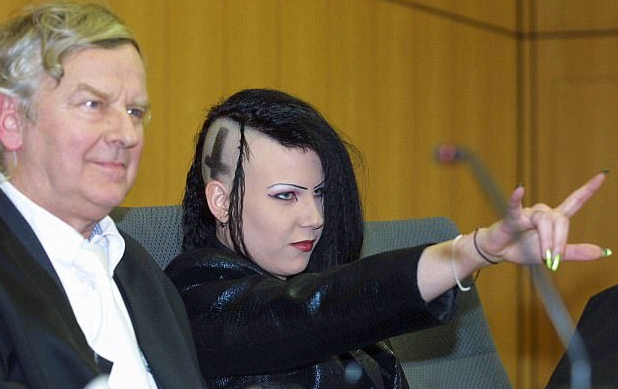
Public Reaction and Cultural Impact
The Ruda case captivated and horrified the German public. News outlets dubbed them the “Vampire Killers” and “Satanic Couple.” Their appearance, behavior, and lack of remorse only deepened public fascination and revulsion.
The case prompted debate in Germany about the influence of dark subcultures like satanism, black metal, and gothic aesthetics. However, many members of the gothic community distanced themselves from the couple, arguing that Daniel and Manuela were mentally ill individuals who had hijacked a subculture for violent ends.
Books, documentaries, and podcasts—including the episode “Vampires Among Us” on 10 Minute Murder—have explored the case in detail, often citing it as one of Europe’s most disturbing ritual killings of the 21st century.
Legacy of Evil
Frank Haagen’s death remains a haunting reminder of how radical ideologies—when combined with mental illness and obsession—can lead to unspeakable tragedy. He was an innocent man caught in the delusion of two people who believed themselves to be above human law, serving a dark master.
The Rudas’ case challenges society to question the line between fantasy and fanaticism, and how deeply held beliefs—when left unchecked—can turn into acts of real-world horror.

